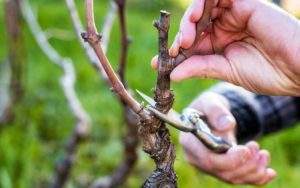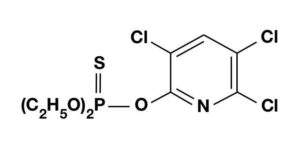The European Union, I confirm, has not renewed its licence to use, and a regulation has also banned the production and marketing and use of insecticides based on this substance.
The annual monitoring carried out by EFSA on the presence of pesticides on unprocessed food has already shown that chlorpyrifos is among the 15 most used agropharmaceuticals in unprocessed food on sale in the European Union. The most contaminated fruits are citrus fruits.
Exposure to chlorpyrifos, even at small doses, can damage children’s brain development and hormonal systems. Scientists have linked it to memory loss, endocrine disorders, autism, and Parkinson’s disease.
Pediatricians and world-renowned scientists have claimed that chlorpyrifos, like all organophosphate insecticides, causes serious problems in the cognitive development of children from early childhood especially if mothers had high exposure during pregnancy.
In many studies it has been shown that chlorpyrifos is one of the factors causing attention disorders and hyperactivity in children, obesity.
The agrodrug has already been banned in 8 European countries: Germany, Denmark, Finland, Ireland, Latvia, Lithuania, Slovenia, Sweden, and, recently, also in Switzerland. While in France it is currently only allowed in the cultivation of spinach and in Spain intend to ban it from 2020.
Scientific findings on the danger of insecticide have led the United States to prohibit its use since 2016.
It is one of the most used agropharmaceuticals for the defense of orange, lemon, Mandarin, clementine, peach, apple, pear, strawberry and vine. It is also used for vegetables such as tomato, peppers, eggplant, pea and radish, and then to defend the potato and corn, some ornamental plants and poplar. There are also those who use it to disinfect stored grains.
It is therefore an insecticide “with a broad spectrum of action”. The insects it affects are the nests of cochineals, the larvae of the tortricids, the nocturnes and the larvae of various genera of lepidopterans. It also affects some thrips and mites.

